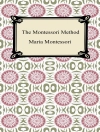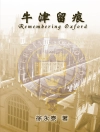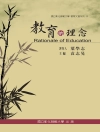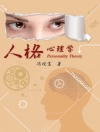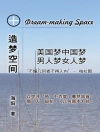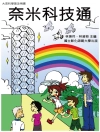Daftar Isi
foreword by C.Otto Scharmer
acknowledgments
introduction: Generative scribing is a visual practice unique in our age, a distinct art form of the 21st century, functioning in the moment, across cultural boundaries, and as a device for social seeing. Scribing is a contemporary visual practice, often defined as a practice that makes the unknown manifest through pictures, maps, diagrams, and models. Scribing is an inherently participatory social art form that only takes place within a group of people. Scribing offers a relational way of seeing, helping our views become shared and solvable in a very different manner than if each of us exists within our own individual sphere of understanding
about this book: This volume is not intended as an instruction manual, but rather as an approach to the practice of generative scribing, which I consider to be one discipline among many that can help us collectively orient.
model of practice: This model of practice addresses the internal coordination required to process multiple inputs and draw in real time, attending inward and outward at once. With this framework (Be, Join, Perceive, Know, and Draw) in mind, we can manage our own balance of domains and development.
- the diamond: The diamond is the main structure of the model of practice (and of this book). Researchers in the fields of human and organizational development have used this shape to anchor behaviors in time, to offer a view into team and personal dynamics.
- the iceberg: The Iceberg Model, which conceptually overlays the diamond, provides a lens through which to identify leverage points for systems and the conversations that take place within them.
- presencing: Through the lens of presencing, we can represent a new possibility coming to light and chart a path from the past to the present to the future which holds that very possibility.
- containers: Around the diamond, the iceberg, and presencing—supporting these states of being and diagnostic methods—are what I’ve already referred to in this book as containers: holding spaces for places, people, and states of the heart.
- field: With the notion of field in mind, we can consider the web of relations from which, into which, and for which we draw.
- source: By attending to source, the essence of what wants to be seen makes itself known, and drawing shifts from a quick repetition of marks made onto, to a series of fluid marks extracted through.
be: Briging forward our most authentic self.
- can’t
- opening
- authenticity
- cultivation
- zone
join: Engaging across boundaries.
- sadness
- soften
- attend
- listen
- laugh
- ripples
perceive: Noticing with a broad, systems view.
- fear
- suspend
- frame
- reframe
- time
know: Discerning coherence to inform choice.
- anger
- trust
- coherence
- discernment
- choice
draw: Giving form to content.
- joy
- envisioning
- levels of scribing
- generative scribing
- the call
appendix: Examples of practice, including 34 with color images.


